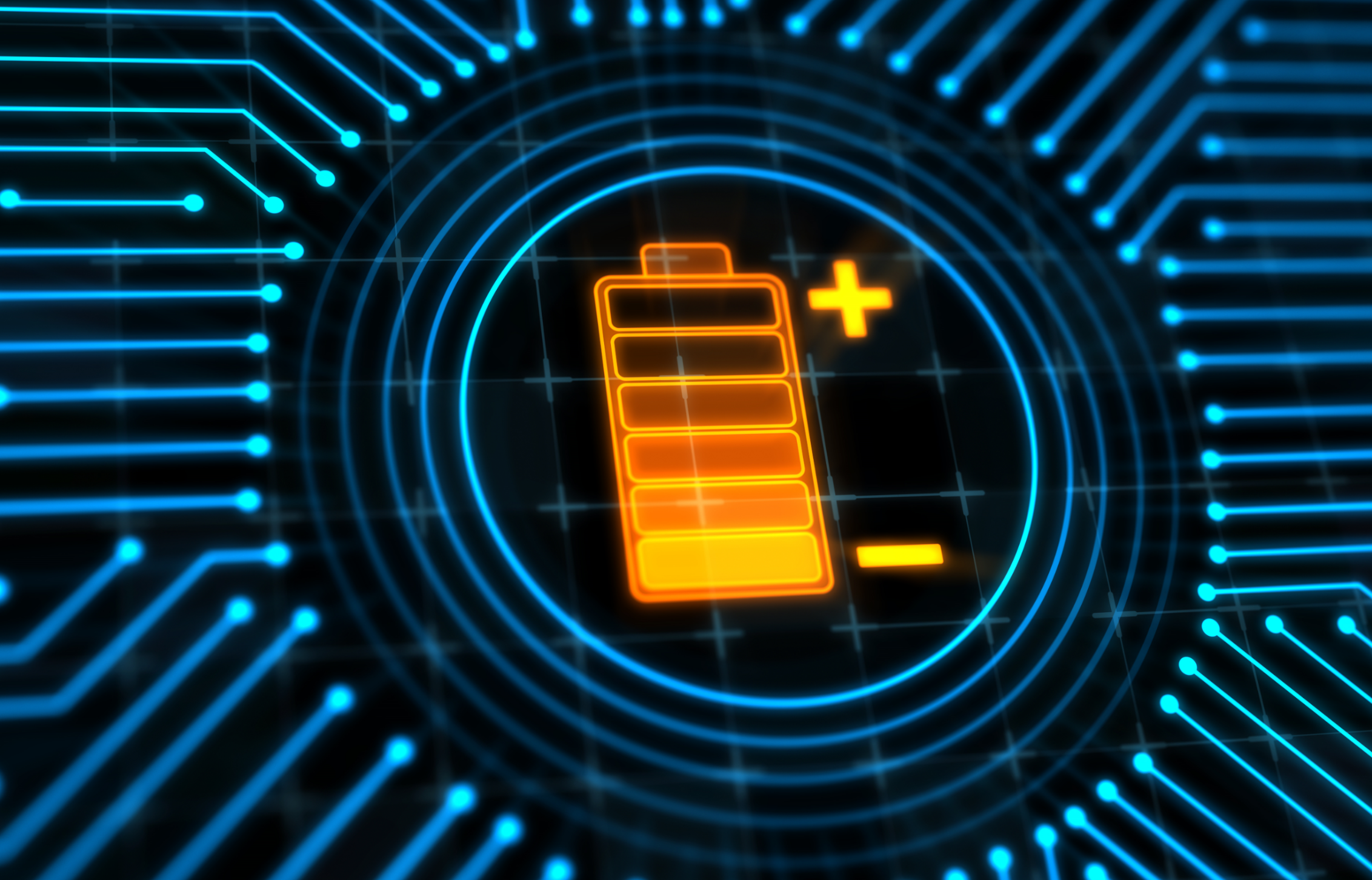There is a myriad of things that require batteries today, particularly in the world of electronics being sold. Did you know that batteries are available in a variety of forms, sizes, and styles? It would seem that purchasing batteries would be simple, however, you have to be aware and knowledgeable about batteries prior to buying them.
A rechargeable lithium polymer cell came out in 1996. It quickly won the trust of many thanks to its lightweight construction and its capability to be rechargeable.

These batteries are now utilized in a variety of electronic devices, including handheld video players and portable computers, and numerous rechargeable electronic devices.
The two major lithium batteries that are available are lithium-ion as well as polymer lithium. It is more secure than the ion battery due to the manner you suspend the lithium. It suspends lithium in a polymer gel, whereas an ion battery is able to suspend liquid in an organic solvent.
A battery that is ion contains metal casings to house the lithium that is suspended, while the polymer battery doesn't require them since the lithium is contained in the gel that the gel is suspended. This makes the polymer battery more light and the battery flexible thanks to the removal of the round metal casings.
Lithium polymer batteries can also be called LiPo also known as LiPoly batteries. Lithium batteries are rapidly replacing the older NiCad (Nickel Cadmium) and NiMH (Nickel Metal, Hydride) batteries.
It is one of the lightest of metals, and also has the most energy per pound. This is why it's not a surprise that lithium is rapidly taking over nickel's place as the material that batteries use.